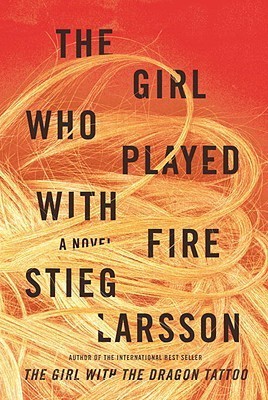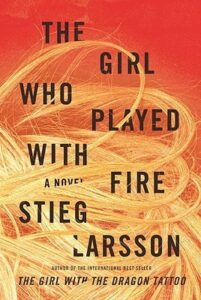Chapter 13
byChapter 13 of The Girl Who Played with Fire begins with Prosecutor Richard Ekström being formally assigned to oversee the double homicide investigation on Maundy Thursday, March 24. The decision to call Ekström was made by a night duty prosecutor who recognized the media frenzy that the case could spark, considering Ekström’s meticulous approach to legal matters and his sharp eye for detail. At forty-two, Ekström had built a solid reputation in his career, starting in Uppsala before advancing to the Ministry of Justice, where he worked to align Swedish law with EU standards. While some viewed him as politically motivated, he made a point of distancing himself from party affiliations, although his actions were closely monitored due to the possibility of his future in higher office.
Once briefed, Ekström learned that the victims were a criminologist and a journalist—details that immediately drew significant public attention, especially since the journalist who discovered the bodies was Mikael Blomkvist, known for his involvement in high-profile cases. Blomkvist’s name only intensified the media storm surrounding the murders. Ekström, recognizing the severity of the case, quickly called back Criminal Inspector Jan Bublanski, who had been on leave after a particularly taxing period. Despite his time off, Bublanski was called back into action due to his experience with violent crimes and his deep understanding of how to handle such high-stakes investigations. His immediate recognition of the seriousness of the situation underscored the gravity of the case that lay ahead.
By 9:00 a.m., Bublanski had assembled a team of skilled investigators, handpicking members based on their specific abilities to handle different aspects of the case. Among them was Sonja Modig, whose creative and methodical approach to investigations had earned her Bublanski’s trust. As they reviewed the details of the crime scene, they quickly determined that the murders had been carried out with clinical precision. There were no signs of a struggle or theft, suggesting that the killer was likely familiar with firearms and knew what they were doing. The lack of direct witnesses to the killer’s escape further complicated the investigation, leaving the team with more questions than answers about who was responsible and why the killings were so meticulously planned.
While the investigation was underway, Blomkvist took matters into his own hands, diving into the work of the deceased, determined to uncover any important information they had been working on. As he meticulously backed up sensitive data, Blomkvist was aware of the secrecy surrounding the materials and knew how crucial it was to preserve the information. Meanwhile, Bublanski received a key piece of evidence from the National Forensics Laboratory confirming that the Colt .45 Magnum used in the murders was registered to Nils Erik Bjurman, a lawyer who was difficult to contact. As the investigation unfolded, another bombshell emerged—Lisbeth Salander’s fingerprints were found on the murder weapon. This discovery connected her to the crime, raising new questions about her role in the murders, her ties to the victims, and her connection to Bjurman.
As the investigation deepened, discussions turned to Salander’s turbulent past and her controversial guardianship under Bjurman. There were conflicting opinions about her stability and abilities, with some seeing her as unstable, while others recognized her sharp intellect. With the revelation that Salander had a direct connection to the murder weapon, the police began to focus their efforts on tracking her down. The urgency of the situation grew as they realized that Salander’s potential involvement in the murders could change everything about the case. The investigation was now at a critical juncture, and the hunt for Salander became a key focus, marking a turning point in the search for the truth behind the shocking double homicide.


